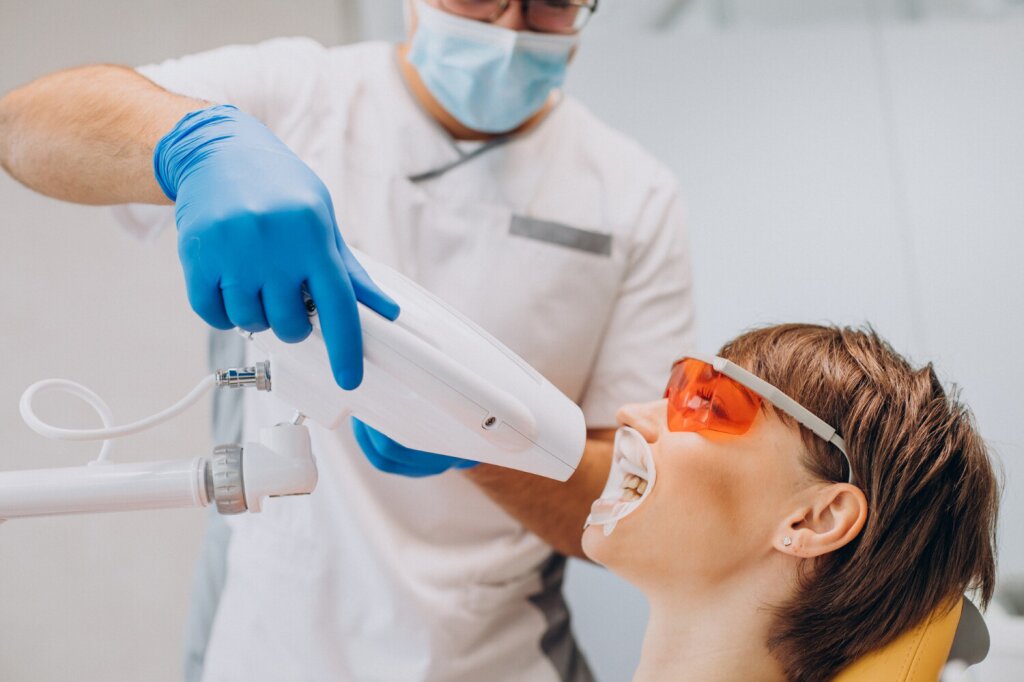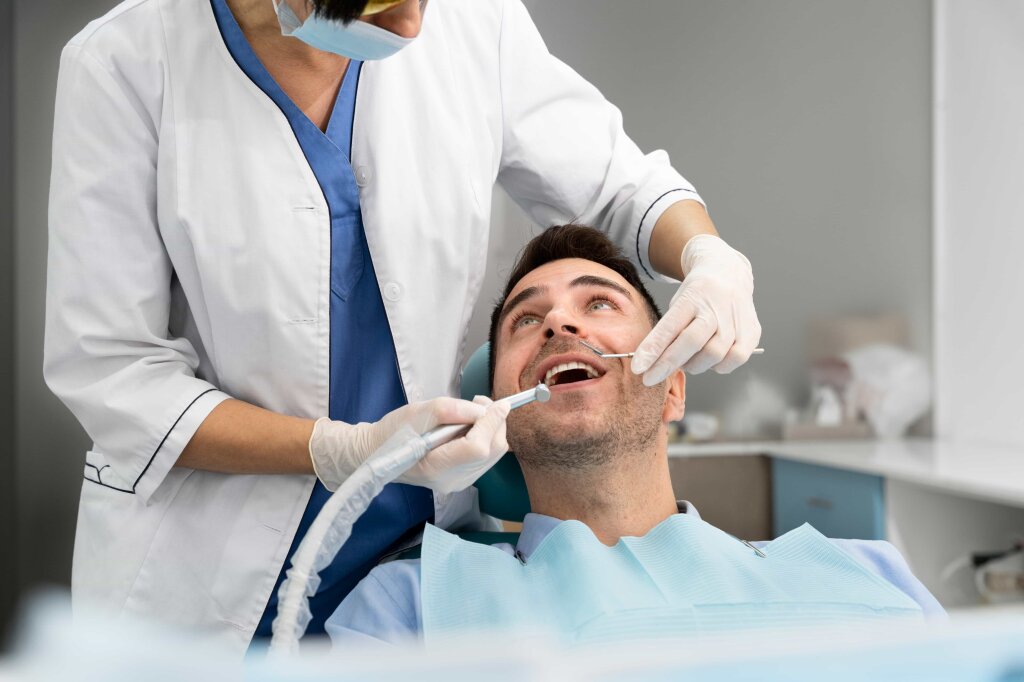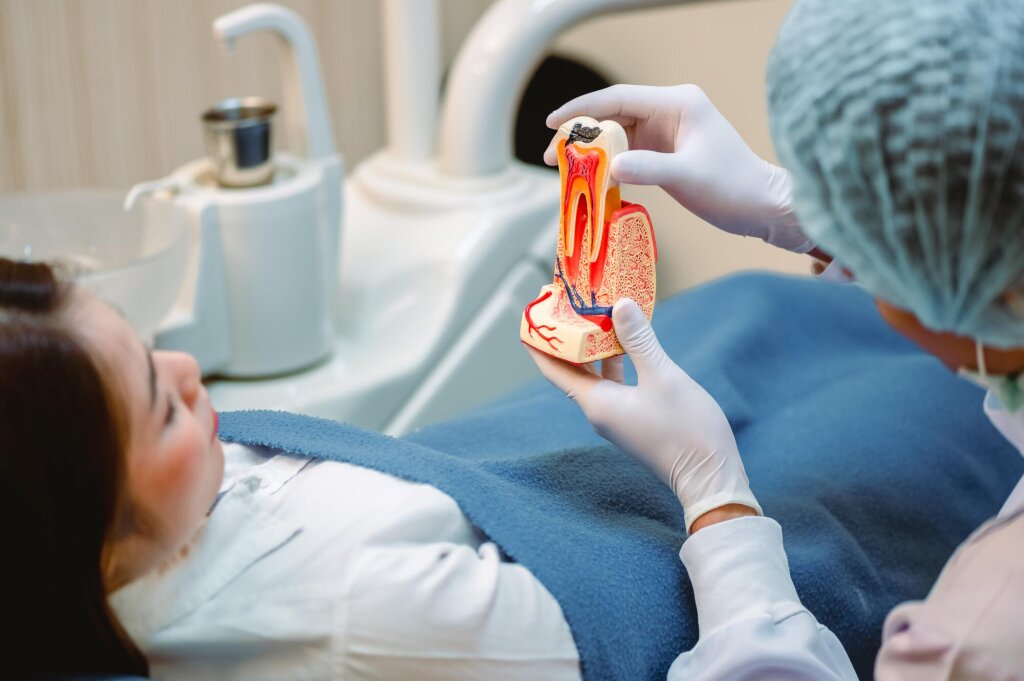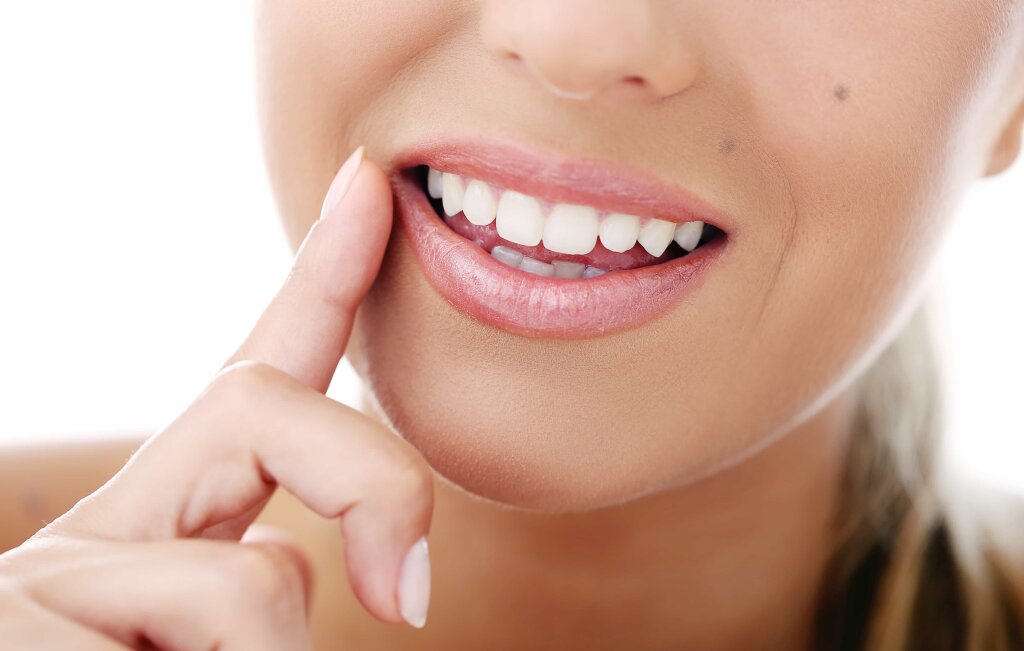Teeth whitening is a treatment method used to lighten the color of the teeth and achieve a whiter appearance. This process is carried out by directly applying peroxide-based whitening gels to the tooth surface. Teeth whitening is typically applied once or twice a day for 10 to 14 days, lightening the teeth by one or two shades. Whitening methods vary depending on the technique used and the application area. Here are the details of teeth whitening methods:
At-Home Teeth Whitening Application Method:
Custom whitening trays are prepared by taking measurements of the mouth.
A specific amount of whitening gel (10–15% carbamide peroxide or hydrogen peroxide) is applied inside the trays.
The trays are used for 4-6 hours daily for 10-15 days, or for 8-10 days during sleep. Advantages:
Can be comfortably applied at home with custom trays.
Does not significantly affect daily life.
Offers a more controlled whitening process.
In-Office Teeth Whitening (Clinical Whitening) Application Method:
This method is also known as "laser teeth whitening" and is performed by a dentist in a clinic.
The dentist applies whitening gel to the teeth and activates it with UV light or a laser.
The whitening procedure takes about one hour. Advantages:
Provides effective results in a short time.
Safe, as it is done under professional supervision.
Usually, noticeable whitening is achieved in a single session.
Combined Teeth Whitening (At-Home and In-Office Whitening) Application Method:
First, in-office whitening is performed in the clinic.
Then, at-home whitening is continued for 2-3 days. Advantages:
Offers both quick and long-lasting results.
Combines the advantages of clinical and home applications.
Ensures longer-lasting whiteness.
Single Tooth Whitening (Internal Whitening) Application Method:
This method is applied to teeth that have discolored after root canal treatment.
The filling in the tooth is removed, and whitening gel is applied to the opened cavity.
The tooth is then sealed with a temporary filling.
Sessions are repeated every three days until the desired color is achieved. Advantages:
Ideal for cases with discoloration in a specific tooth.
Corrects discoloration without damaging the natural structure of the tooth.
Provides localized and effective whitening.






